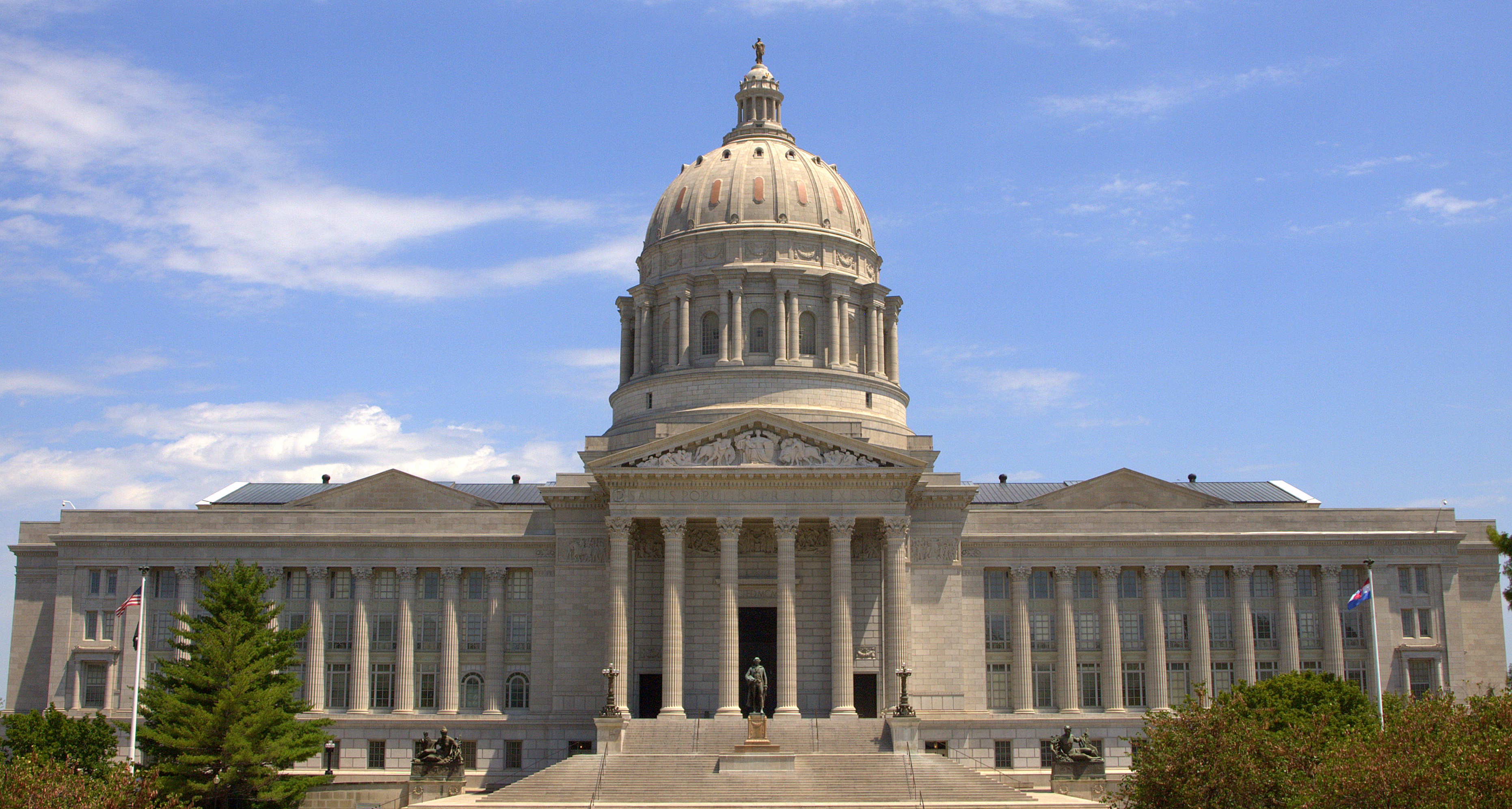Category: State
-
California Gov. Newsom says the legislature could take up congressional redistricting. Changing the process may require a constitutional amendment and special election.

After Texas Gov. Greg Abbott (R) called a special legislative session to revise the state’s congressional districts, among other issues, California Gov. Gavin Newsom (D) responded, “Well, two can play that game.” President Donald Trump (R) stated that a mid-decade redistricting effort in Texas could net Republicans five seats and “there could be some other…
-
Missouri attorney general investigates proxy advisory services

Missouri Attorney General Andrew Bailey (R) announced last week his office is investigating Institutional Shareholder Services (ISS) and Glass Lewis, the two largest U.S. proxy advisory firms, alleging they prioritized political agendas over fiduciary duties in their voting recommendations. ISS and Glass Lewis have drawn recent attention in ESG debates. Critics argue their combined market…
-
Missouri Gov. signs bill limiting state judicial deference, becoming fourth state to do so in 2025

On July 11, Missouri Gov. Mike Kehoe (R) signed Senate Bill 221 into law. The bill limits judicial deference by state courts to state agencies. Judicial deference is the practice of courts adopting or yielding to an agency’s interpretation of an ambiguous law or regulation. SB 221 was designed to prohibit state courts from deferring…
-
Missouri governor signs law repealing provisions of 2024 paid sick leave and minimum wage ballot initiative

Missouri Gov. Mike Kehoe (R) signed House Bill 567 (HB 567) on July 10, repealing provisions of Proposition A, which voters approved in 2024. HB 567 repealed the paid sick leave requirements and the provision that tied future minimum wage increases to inflation. Proposition A is an initiated state statute that was approved by nearly…
-
States passed 27 bills either supporting or opposing environmental, social, and governance (ESG) investing this year

In case you’re not familiar, here’s a quick background on ESG. ESG investing is an asset management approach that considers environment, social issues, and corporate governance practices. It’s a type of stakeholder investing which says shareholder returns should not be the only goal. Stakeholder investing contrasts with traditional approaches that exclusively consider financial factors like…
-
Texas voters to decide on slate of amendments prohibiting several types of taxes in November

The Texas State Legislature is sending three constitutional amendments to voters this November that would prohibit several types of taxes—Proposition 2, Proposition 6, and Proposition 8. Proposition 2 would prohibit realized or unrealized capital gains taxes and add language stating that the prohibition would not apply to ad valorem taxes on property, sales taxes on…
-
Vermont, Ohio, North Carolina, Oregon enact K-12 cellphone bans

What’s the story? Vermont, Ohio, North Carolina, and Oregon have all enacted statewide bans on cellphone use in K-12 schools since June 27. What’s the background? 25 states have enacted cellphone bans or limits in K-12 schools, and at least 17 states have adopted cellphone bans or limits so far in 2025. Three states require…
-
Oregon governor signs ESG investing law

Oregon Gov. Tina Kotek (D) signed the Climate Resilience Investment Act on June 26, directing the state’s $96 billion Public Employees Retirement System to study the effects of its investments on climate change and to “pursue the goal of reducing the carbon intensity of the fund.” The law is among the first to directly require…
-
Utah voters have decided 220 ballot measures since 1895, beginning with constitution ratification ahead of statehood

Ballotpedia completed an inventory of all Utah ballot measures dating back to 1895, when voters approved the state constitution. Between 1895 and 2024, Utahns voted on 220 ballot measures—140 (63.6%) were approved and 80 (36.4%) were defeated. This count includes the ratification of the state constitution by voters in 1895, two months before the United States…
-
Oregon joins 45 other states in allowing the governor to make appointments to vacant U.S. Senate seats

On June 20, 2025, Oregon Gov. Tina Kotek (D) signed Senate Bill 952 (SB 952), which gives the governor the power to appoint an interim U.S. senator for the state if a vacancy occurs. The bill includes the following provisions: In 36 states, governors appoint individuals to fill vacancies temporarily until a special election. The…

